Two months ago yet another Toscana adventure came to a close. The tastes and sights indelibly stamped are etched forever in memory. Before moving on down the SR2 from Siena to Montalcino we paid the most profound and contemplative Chianti Classico visit of all, sulle colline di Gaiole. To a place where wine, art and landscape interact, variegate and intertwine. A place where the slow pace of play is grounded in grace and nature slowly renders an intoxication of faith. Where the exceptionality of place, experience and innovation can’t be underestimated, not at Castello di Ama.
It was mid-August 1995 and my wife and I were on honeymoon, holed up in a little nook of Castelnuovo Berardenga near Ponte e Bozzone, just outside of Siena. We used this idyllic spot as our base camp from which to explore Chianti Classico for two full weeks that summer, which incidentally was cool, often rainy and now, none to my decades of studiously learning about sangiovese surprise later, proved to have resulted in turning out some elegant and structured wines.
One day we drove up into the Gaiole in Chianti hills, up a long drive past what I now know as Vigneto Bellavista and parked on a crest of gravel straddling the picturesque vineyard on one side and on the other, Vigneto San Lorenzo of Castello di Ama. Just as it was on February 15th of this year, the scene was one of stillness and tranquility, frozen in time, albeit memory delivers the picture in black and white. We wandered aimlessly, taking in the vines and the quietude when a small voice came rising from a dwelling in the tiny hamlet. An old woman motioned for us to come down the steps and into a small room. We tasted a few sangiovese, purchased a few bottles and were on our way.
The woman was likely Lorenza Sebasti’s grandmother and five years ago I recounted the story for her when Lorenza was pouring Ama’s wines at their Ontario agent Halpern’s annual grand tasting. Her name was Ermellina, Lorenza’s nana that she called Mami. She could perhaps have been the fattoressa, or agente fondinario, land agent to the hamlet of Ama which takes its name from a small borgo, or agricultural village, nestled in the Gaiole hills at an altitude of almost 500 metres. Five centuries ago, it was the hub of a florid farming and winemaking business overseen by a group of local families. “The road from Radda leads to Amma, three miles away on a hill and home to the Pianigiani, Ricucci and Montigiani – the most prominent families in Chianti,” wrote Grand Duke Peter Leopold of Habsburg-Lorraine in his 18th-century Report on the government of Tuscany.
The winery was founded in the 1970s by a group of Roman families; Tradico, Carini, Cavanna and Sebasti and in the 1980s Lorenza’s husband Marco Pallanti, a Tuscan, took over the winemaking duties. Pallanti is a former President of the Consorzio Vino Chianti Classico and the pioneer who undertook one of the most ambitious vineyard transformations in the region’s history during a five-year period in the 1980s when he chose to re-trellis 50,000 vines (planted to 2,800 vines per hectare) to an open lyre system. Much of the vineyards were also grafted to new sangiovese clones and other beneficial varieties (like merlot) to take advantage of Ama’s specific topography and singular geology.
Castello di Ama’s 80 hectares of vineyards surround the hamlet of Ama by an extended radius of three kilometres at altitudes ranging from 450 to 550 metres above sea level. The four valleys are marked by harvested Galestro rock at the top of each vineyard; Bellavista, San Lorenzo, Casuccia and Montebuoni. Bellavista stands apart because set atop that hill at an altitude of 490m is the block that is used to make L’Apparita, Tuscany’s first pure varietal merlot. In 1975 this portion was planted with canaiolo and malvasia bianca, then grafted over with merlot clone 342 between 1982 and 1985.
The village of Ama is made up of aggregate buildings of medieval origin, along the axis of a main street and essentially protected by two villas on either end; Ricucci and Pianigiani. There are three small chapels, one dedicated to the Blessed Virgin of Carmine, at the Villa Pianigiani. The second, along the main street, is dedicated to San Lorenzo and the third, dedicated to San Venazio, in the garden of Villa Riccucci.
Marco Pallanti is proud of the more than 35 years of work and adventure he has poured heart, mind and soul into the purity of these Gaiole hills. “It is important for wines to maintain a link to their place of origin” he writes. “The fundamental idea of tasting a wine and displaying the vines from which it comes. Wine has to spring from the rocks of the vineyard and reflect the sun, the season, the heavens of that hill, in that moment.” Pallanti’s notion of connecting the past, in viticulture, viniculture and architecture with the future is manifested through 15 art installations on or abutting vineyards, set into landscapes and occupying cellar spaces. “To give the illusion of being able to perfect perfection,” he expounds from grape and through the intangible gift, to “make seen what cannot be seen.”
The 15 site-specific installations are a collection of explicitly contemporary works still in progress, all created to marry place and idea. The artists commissioned and represented are Michelangelo Pistoletto, Daniel Buren, Giulio Paolini, Kendell Geers, Anish Kapoors, Chen Zhen, Carlos Garaicoa, Louise Bourgeois, Cristina Iglesias, Nedko Solakov, Ilya and Emilia Kabakov, Pascal-Martine Tayou, Hiroshi Sugimoto, Lee Ufan and Roni Horn.
Once inside the tasting room at Castello di Ama Marco led John Szabo M.S. and I through the estate wines, focusing as we should on the four vineyards, Bellavista, San Lorenzo, Casuccia and Montebuoni. Here are my reviews on the six wines tasted.
Castello di Ama Purple Rosé 2017, IGT Toscana, Italy (Agent, $20.85, WineAlign)
Bottled recently, going to market on March 1st, this is sangiovese with a minor amount of merlot, a new Rosato for Ama, really fruity, of an amazing colour, viscous, spicy, tart and so bloody delicious. Savoury and herbal moments but always that return to fruit. A touch of citrus pith and tonic mark the finish. Very fresh and spirited Rosé and I can’t imagine anyone not wanting to drink two glasses. Drink 2018-2019. Tasted February 2018
Castello di Ama Chianti Classico DOCG 2015, Tuscany, Italy (Agent, $34.95, WineAlign)
The artist now known simply as “Ama” is a highly touted, self-reflective sangiovese with fruit to end all fruit, every iota of sensory and sensual fibre filled in and a deeply inward, charted impression. The first vintage was 2010, when Gran Selezione began its newly classified journey, so this is the sixth instalment in the Ama new age. The Chianti Classico equivalent of a Bordeaux Château’s estate wine, the one to explain the house style and philosophy. Needs three more years to develop all its charms and move to the next stage of its life. There are 90,000-100,000 bottles produced. Last tasted February 2018.
“The road from Radda leads to Amma,” where some of Chianti Classico’s most fertile land treats sangiovese vines as if they were planted in a garden. Hard not to experience this Gaiole Chianti Classico as a sangiovese of extreme youth for a quick to bottle Ama, so floral and what just has to be so as a result of some whole cluster, feigning carbonic and hyperbole of managed freshness. Some exotic spice in perfume and real, certain, credible clarity. Not that this will entertain notions of Ama longevity but the purity clarifies the 2015 vintage position of consumer and critical mass quality. Drink 2018-2024. Tasted February 2017 @CastellodiAma @castellodiama @HalpernWine castellodiama halpernwine @halpernwine

Questa non è una finestra, @castellodiama an instrument through which something is represented. #danielburen #chianticlassico #landscapepainting … Daniel Buren, Sulle vine punti di vista
Castello di Ama Chianti Classico Gran Selezione DOCG San Lorenzo 2014, Tuscany, Italy (418897, $48.95, WineAlign)
San Lorenzo is not actually a single-vineyard wine though the fruit source depends highly on this side of the estate. It is in fact a blend of all the best places of the property and from a vintage out of which no La Casuccia or Bellavista were made all the best fruit (including some merlot) ended up in San Lorenzo. The quality of the acidity and the tannin separate this from Ama but that wine’s pedigree should not be in question for it remains the broadest, most appropriate brushstroke for Ama. San Lorenzo delivers a domino structure, stacked and yet imagined as fallen, a set of roads and walls to walk and climb along, to eventually arrive at a pre-destined destination. This is the white meets grey meets sandy brown limestone of the broad amalgamation of the mineral estate, salty and rich, with depth into a grotto. Last tasted February 2018.
Even with the benevolent San Lorenzo as the sample size, going at 2014 Gran Selezione is like trying to crack a walnut shell with your teeth, the husk so tough you might break two or more trying. What is noted in the single-vineyard San Lorenzo is a hyperbole of 2014’s general characteristics; firm grip, savour, herbology and liqueur. There is extreme Gran Selezione personality humming in San Lorenzo and help me if two years are needed simply for assessment and five for the drinking window to open. The attention to soil and Ama’s prized Gaiole in Chianti Climat is duly noted, as is the careful selection from the vintage. I will say this. No amount of selection, barrel or time can allow Gran Selezione to escape from 2014. In the short term it will be a downfall, in the long, long, long run a blessing. Drink 2021-2031. Tasted February 2017
Castello di Ama Chianti Classico Gran Selezione DOCG Vigneto Bellavista 2013, Tuscany, Italy (Agent, $242.59, WineAlign)
You just have to stand and gaze out over said vineyard to feel the awe and then to understand its connection, for Castello di Ama, to the Gran Selezione category. The rise up to and astride the estate is a collina rocciosa so singular to Gaiole in Chianti. If it is not correct to intuit, self-convince and deduce that Bellavista just tastes like the salty, calcareous and deeply stony white rocks of that blinding light vineyard then so be it. The wine is saturated beyond imagination and without any possibility of feeling chalky on the palate. If this isn’t Grand Cru Chambertin or Montrachet in red, Chianti Classico form, then no wine in Toscana can be considered as such. That it also carries in pocket the great ripeness of sangiovese fruit, streamlined acidity and mille-feuille tannin is a variegation of thought to consider at every smell, taste and turn. Just amazing for the vintage with non-aggressive though confident tenets of structure. A Gran Selezione generally in production of four to six thousand bottles. Drink 2021-2031. Tasted February 2018
Castello di Ama Chianti Classico Gran Selezione DOCG Vigneto La Casuccia 2013, Tuscany, Italy (Agent, $242.59, WineAlign)
Vigneto La Casuccia is a vineyard with different qualities in the stones of the soil and with malvasia nera accumulating another level of spice, even spicy when you taste. The sangiovese nose is deeper in fruit, bricks baked in and in emission of a graphite sensation, with more and differing effects brought on by limestone, though in apposite effect by the Galestro of Bellavista. The acidity is even more striking than what is derived from the adjacent block and the tannin stronger, broader, more obvious though never over-demanding. If apprised in the poetic terms of a haiku, this may deal in the facile of a read while mired in the inability to ascertain ultimate meaning. We’re only in the first incomplete five words at this stage and it will be five more years before we can say the next seven will even enter the discussion. So be patient. As with the Gran Selezione Bellavista the production is generally in the range of four to six thousand bottles. Drink 2022-2034. Tasted February 2018
Castello di Ama L’Apparita 2013, IGT Toscana, Italy (Agent, $242.59, WineAlign)
Castello di Ama L’Apparita IGT Toscana is merlot from atop the Bellavista hill and you just might see an apparition if you wander the rows in the dead of night. In reality, on a clear day when happening upon the vineyard, this is the spot from which the towers of Siena will appear. The first L’Apparita was 1985 so it is this 27th from 2013, with only 2002 and 2012 having been avoided. Merlot ripens earlier than sangiovese so it can be made more often. You recognize it as merlot, not Pomerol, not St. Emilion, not Maremma, but purely from this territory. The quality of acidity is vineyard-terroir driven and the tannins are sweet, plush and broad, different from Casuccia but sill set upon wide-developed shoulders. There is that ubiquitous Ama spice and in L’Apparita, a sense that tar is a factor and roses a quotient down the road. Drink 2020-2030. Tasted February 2018
Good to Go!
Godello
Twitter: @mgodello
Instagram: mgodello
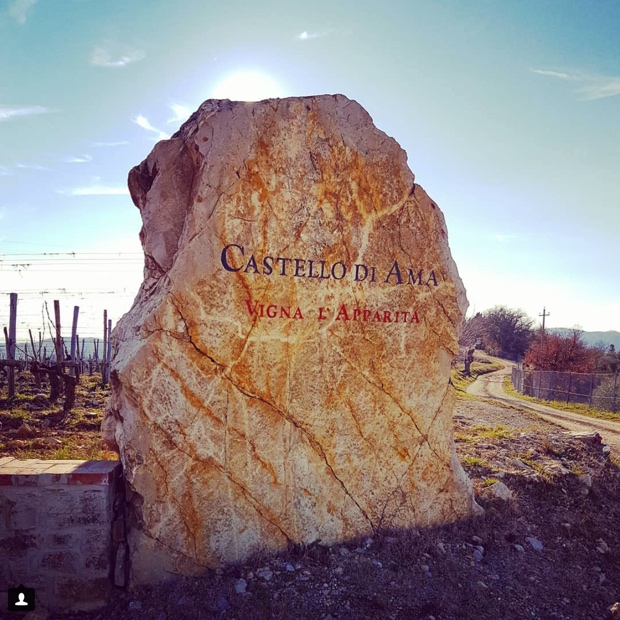
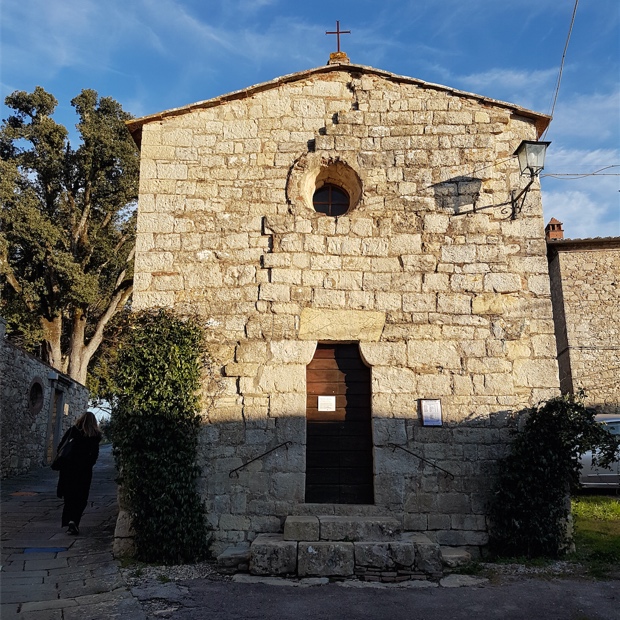
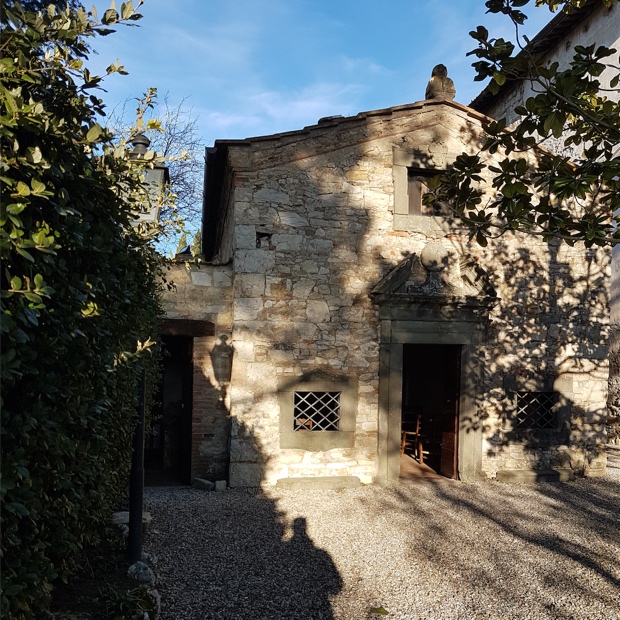
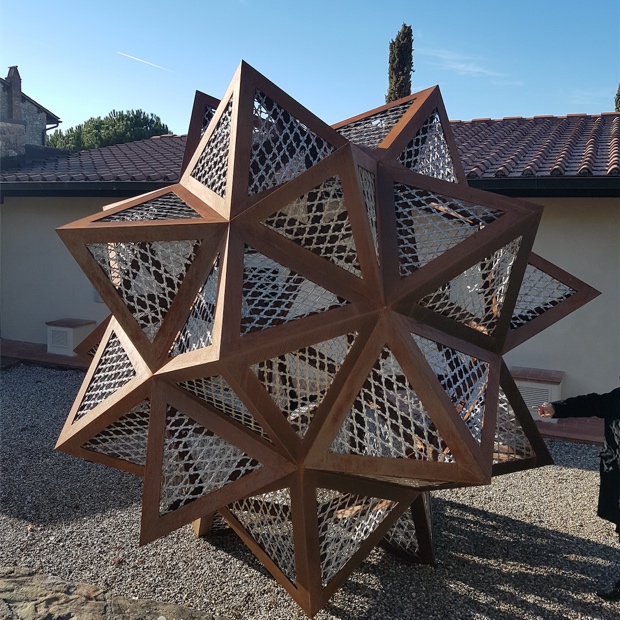
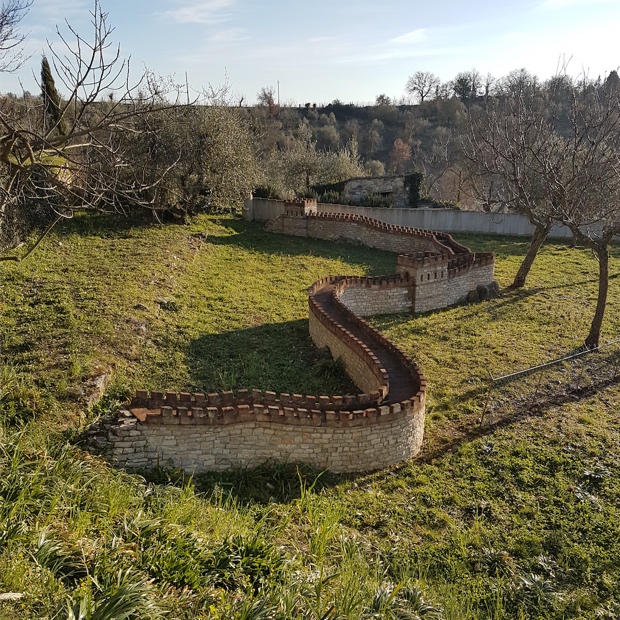

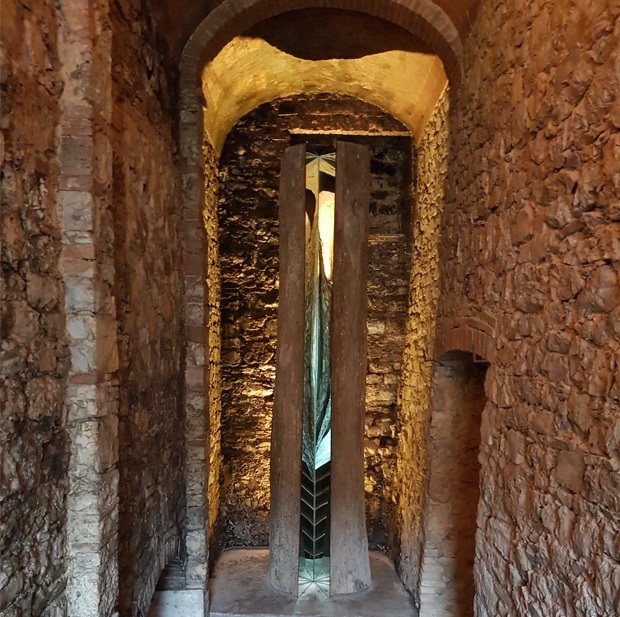
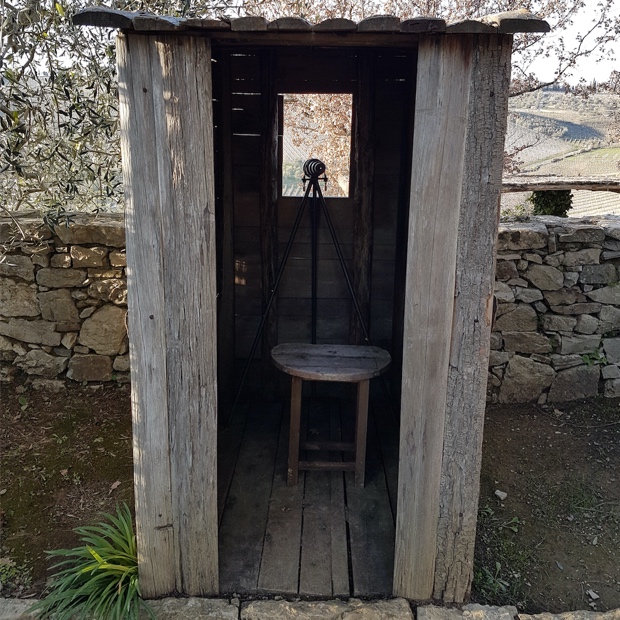
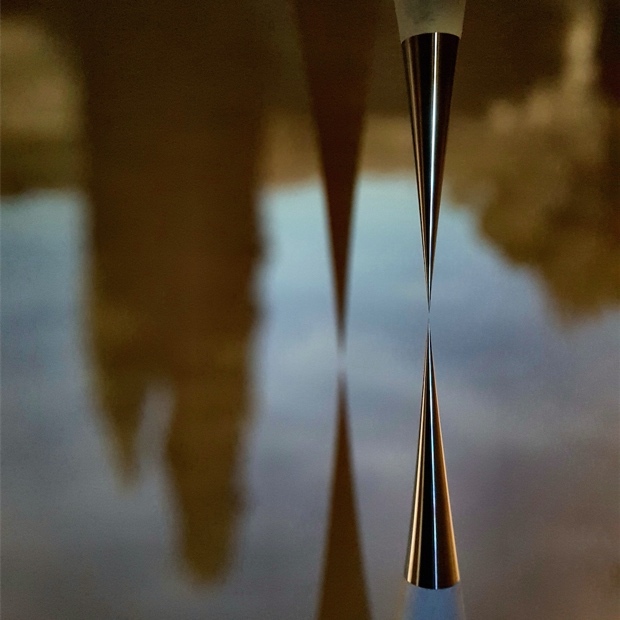

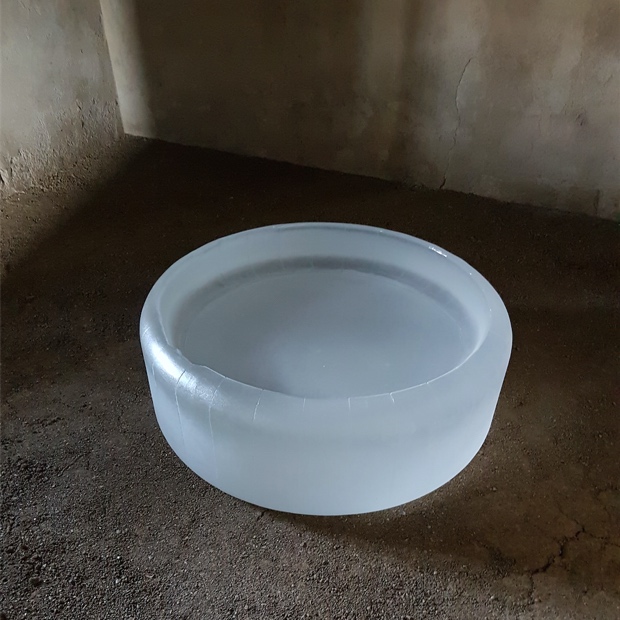
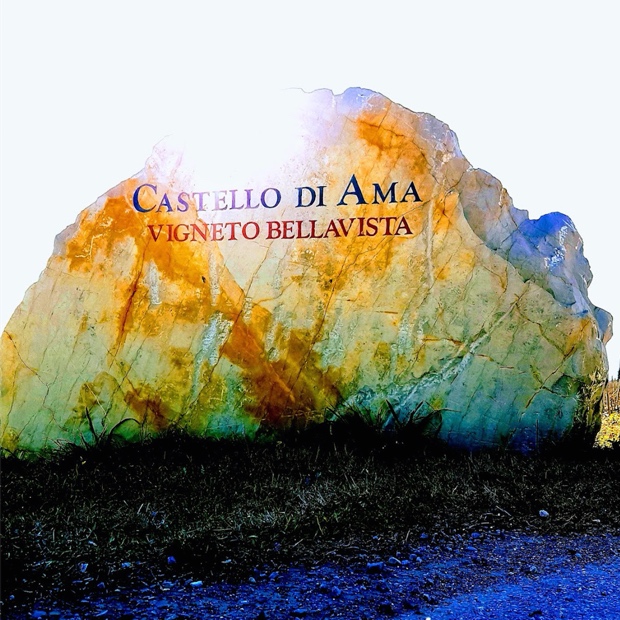
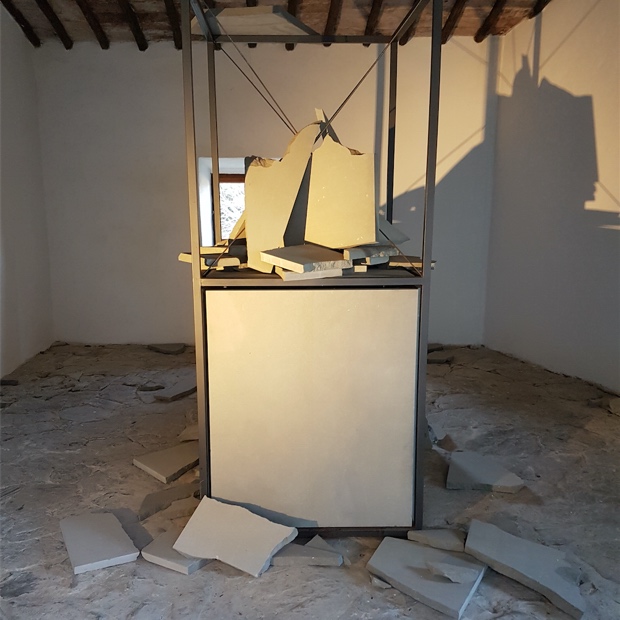
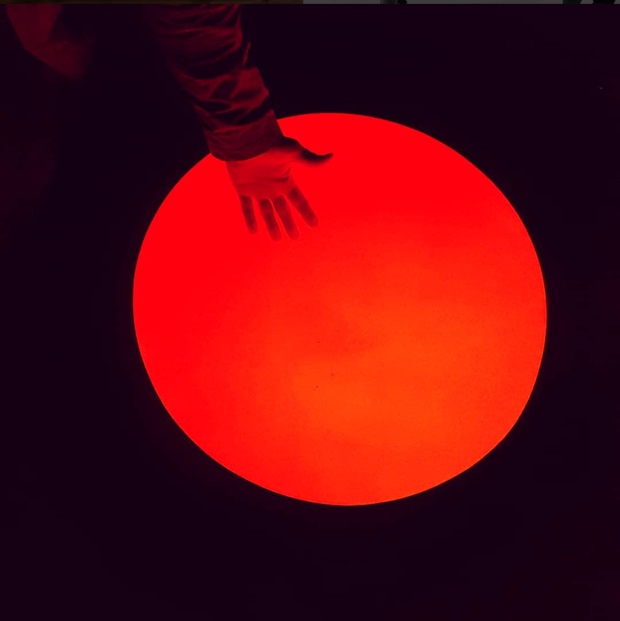
Great article Michael.
Piero
Piero Titone Per. Matteo Picariello – Italian Trade Commissioner
Grazie infinite Piero.